Jakarta's tranquil side
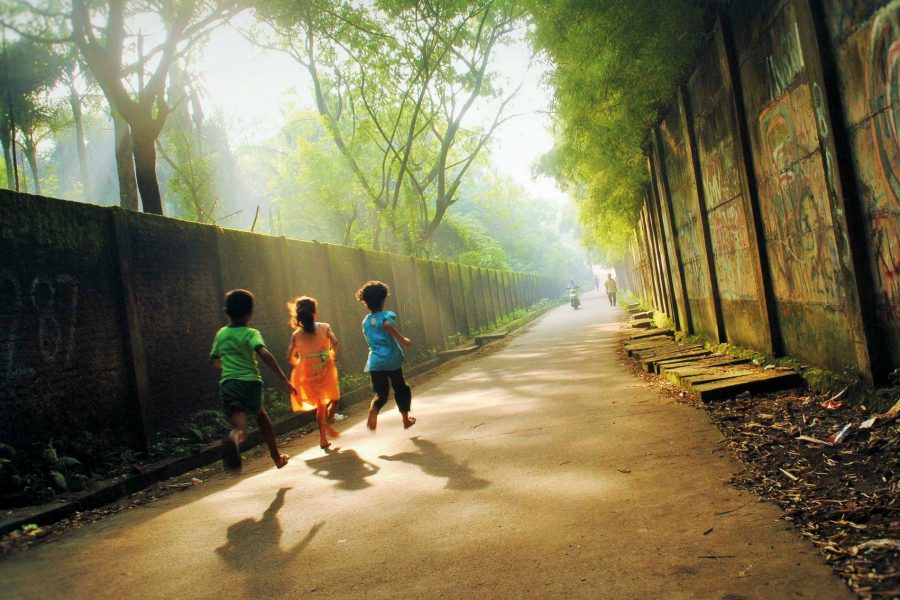
I will never forget my first taste of durian. It was my second day in Jakarta and someone offered me a doughnut – not the most exotic introduction to local cuisine, perhaps. I took a bite, expecting a chocolate filling or maybe jam. I was very much mistaken. For many, this pungent local delicacy is a taste of heaven – my first impression of durian was of an oozing, eggy custard, smelling of cooking gas and carrion.
Like the durian, Jakarta is an assault on the senses, and divides opinion just as strongly. I’ve been here for six years now and can confirm it’s not to everyone’s taste. Sure, it’s delirious, unfettered madness; a blur of neon and pedicabs. There are chic boutiques, shuttered-up dangdut (local pop music) bars, dreamy colonial ruins and ever higher high-rises.

Credit: Christopher Alexander
Yet if you look beyond the concrete and the chaos, you’ll also find an odd sort of calm. That’s right: calm.
Flying in by day, Jakarta’s patchwork of terracotta rooftops rears up in the window frame like a vast game of Tetris. Arriving at night, the city appears suddenly from the blackness of the Java Sea, a twinkling bloom of phosphorescent creatures risen from the deep to spawn in the moonlight.
At street level, walk in any direction for more than 10 minutes and you’ll soon find yourself in one of Jakarta’s many kampung (villages). These labyrinthine backstreets are home to the vast majority of the city’s 10 million souls, but the pace of life has a distinctly rural feel. Songbirds warble from ornate wooden cages hanging in the eaves of houses, children fly paper kites from bridges and batik fabrics dry alongside sleepy cats in the sun. In this tangled warren, unlikely encounters lurk around every corner and infinite adventures are waiting to unfold, so long as you’re willing to say ‘yes’. Come in and join this wedding? Yes. Star in a music video? Yes! Care for a doughnut? Um… maybe next time?
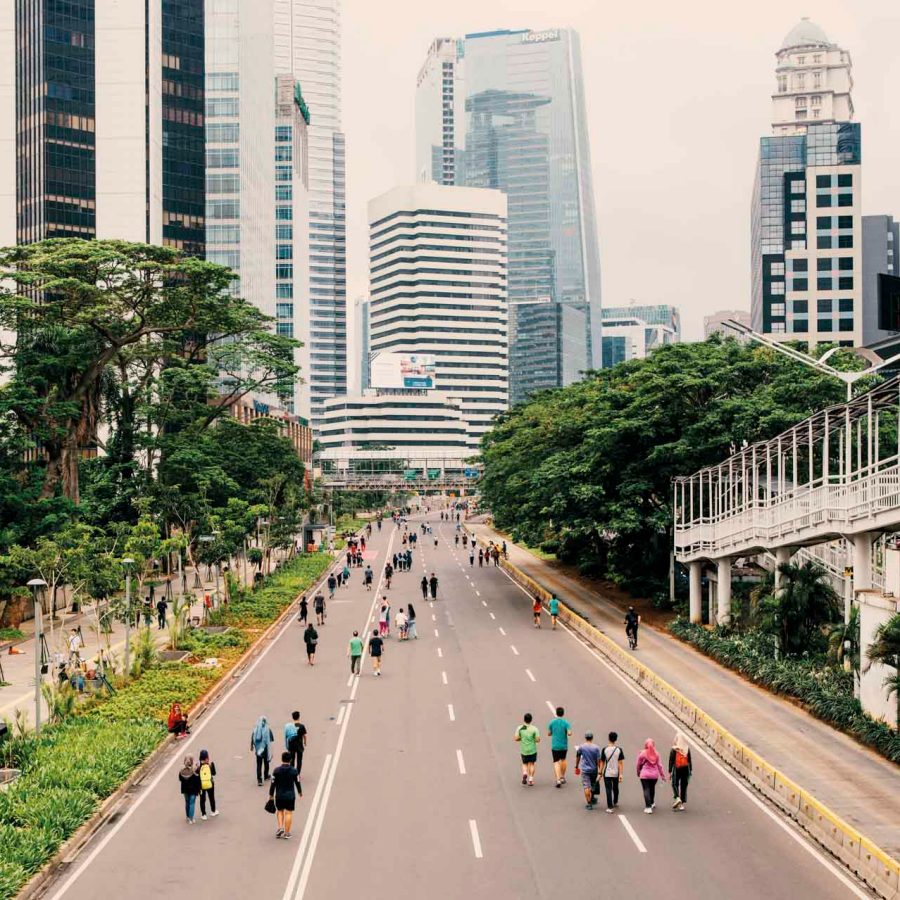
Credit: Muhammad Fadli
If the high life is more to your liking, look no further than the many skyscrapers and their entourage of attendant cranes, testament to decades of investment and development that have sculpted Jakarta into one of Asia’s fastest-growing cities. Ascend to the 56th floor of BCA Tower in the late afternoon and you’ll find Skye, a bistro by day and stylish lounge bar by night that opens out onto a wide veranda overlooking the city. From up here, you can enjoy panoramic views of the city, painted gold at sunset and accompanied by cold beers, canapés and cocktails alongside the Jakarta jet set.
After an evening with your head in the clouds, Sunday mornings are a leisurely saunter back to Earth. This is when the roads are closed to traffic from Sudirman to Thamrin, inviting joggers, dog walkers and families to stroll the empty streets. Like the world’s most unhurried, meandering marathon, car-free day – every Sunday from 6-11am – is a way to see the city from a new perspective. It’s also a good excuse to sample Jakarta’s street food – chicken porridge, sweet black coffee, egg fried rice, satay, spicy tofu and siomay (fish dumplings), served by the ubiquitous kaki lima – wandering herds of food hawkers carrying their mobile kitchens like hermit crabs in a puff of steam and fragrant kretek (clove cigarette) smoke.
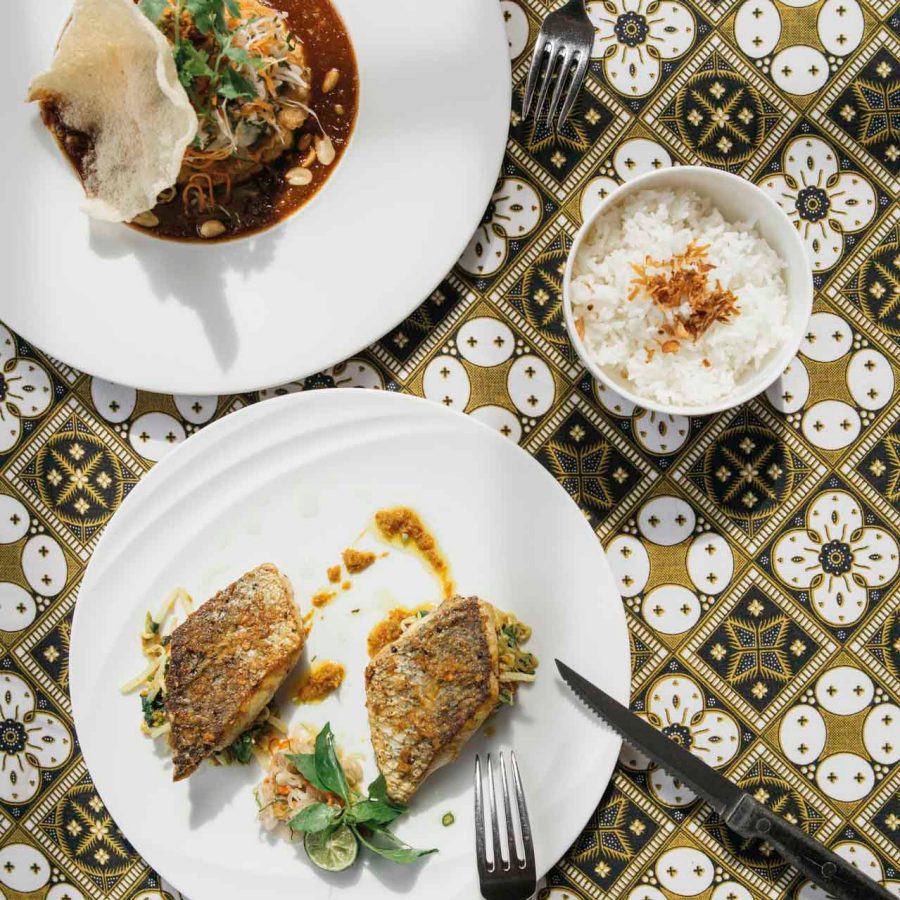
Credit: Muhammad Fadli
Just up the road, the city’s old colonial district – known as Kota Tua – used to be the epicentre of operations for the Dutch East India Company in what was then a Dutch colony. From here, countless voyages of discovery, trade and conquest sailed out to distant corners of the archipelago, then came home crammed with spices. At that time, Jakarta (or Batavia as it was known) held a lucrative monopoly on nutmeg, pepper and mace: highly prized commodities in kitchens from Istanbul to London. Spice made the capital rich, transforming this sleepy port into the lynchpin of a global merchant empire, built in the image of Amsterdam.
Today, remnants of this dynasty built on spice are peppered all around: colonial shophouses wrapped in vines lean on mildewed cottages and municipal buildings, standing aloof and crumbling slowly into the canals. For a step back in time to their glory days, drop in to Cafe Batavia , one of Jakarta’s oldest buildings, tucked away in a corner of Fatahillah Square overlooking the old Dutch City Hall building.
Built in the early 1830s, Cafe Batavia has lived many different lives: as a Dutch governor�’s office, an art gallery and a point of departure for 19th century pilgrimages to Mecca by steamship. Its latest incarnation is a restaurant, including a lounge bar on the ground floor where you wouldn’t be surprised to glimpse Indiana Jones buying a monkey from a man in a fez. Climb the Javanese teak staircase past photographs of Bogart and Sukarno, Satchmo and Bacall, to the Grand Salon and dining gallery. You can also stop for a tipple in the Churchill Bar , once named the world’s best by Newsweek.
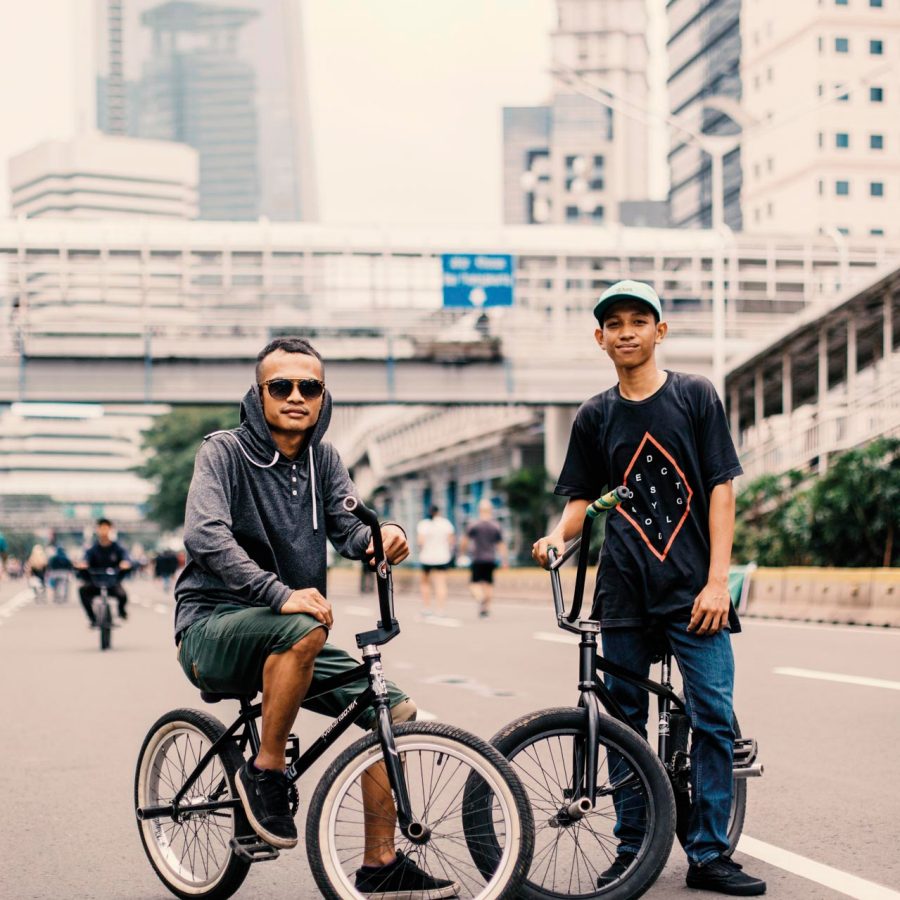
Credit: Muhammad Fadli
You can peek outside the city for quieter moments, too. White sandy beaches and hammocks swinging in the tropical sun are probably not what most people would associate with Jakarta. However, a 30-minute speedboat ride from the port of Ancol on the city’s northern shore brings the regency of Pulau Seribu (meaning ‘thousand islands’) floating into view. This string of islands (actually numbering about 350) stretches 45 kilometres from Jakarta Bay into the Java Sea, north of neighbouring Banten province, and is home to fishing villages, coral reefs and coconut groves.
Pulau Macan (Tiger Island) is a tiny island that supports an exclusive eco-resort, where open-fronted cabins decked in shells and driftwood face out onto a tranquil lagoon. This is Robinson Crusoe meets Rockefeller; less than an hour from the city, but also a world away.
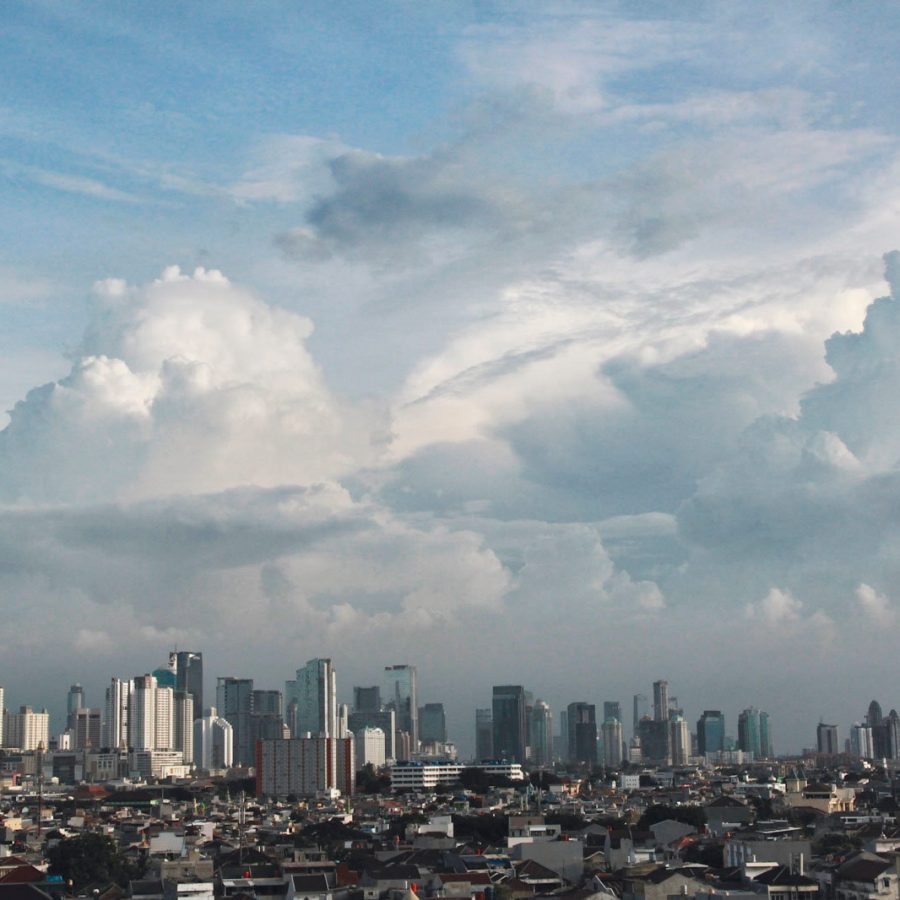
Credit: Christopher Alexander
Ever since I first took a bite out of the Big Durian, I’ve learned to expect the unexpected and be prepared for surprises. Like the king of fruits, Jakarta is a city that divides opinion and defies definition: it’s the smoke and spice of street vendors and the swish of silken batik on catwalks; it’s cocktails on skyscrapers, grit in roadside coffee and the sticky gum of satay between the fingers. In a city of a million different flavours, it always pays to slow the pace and dig a little deeper. Just don’t expect to get chocolate on your first try.
Maybe not so quiet after all…
Five of Jakarta’s wildest sights

Credit: Muhammad Fadli
Steampunk Vespas
Jakarta’s subculture of punk rockers on custom motorcycles – Mad Max meets Quadrophenia in the tropics
Ondel-Ondel
Two-metre-tall moustachioed puppets with accompanying marching bands dancing through the streets late into the night. This Betawi tradition is unique to Jakarta
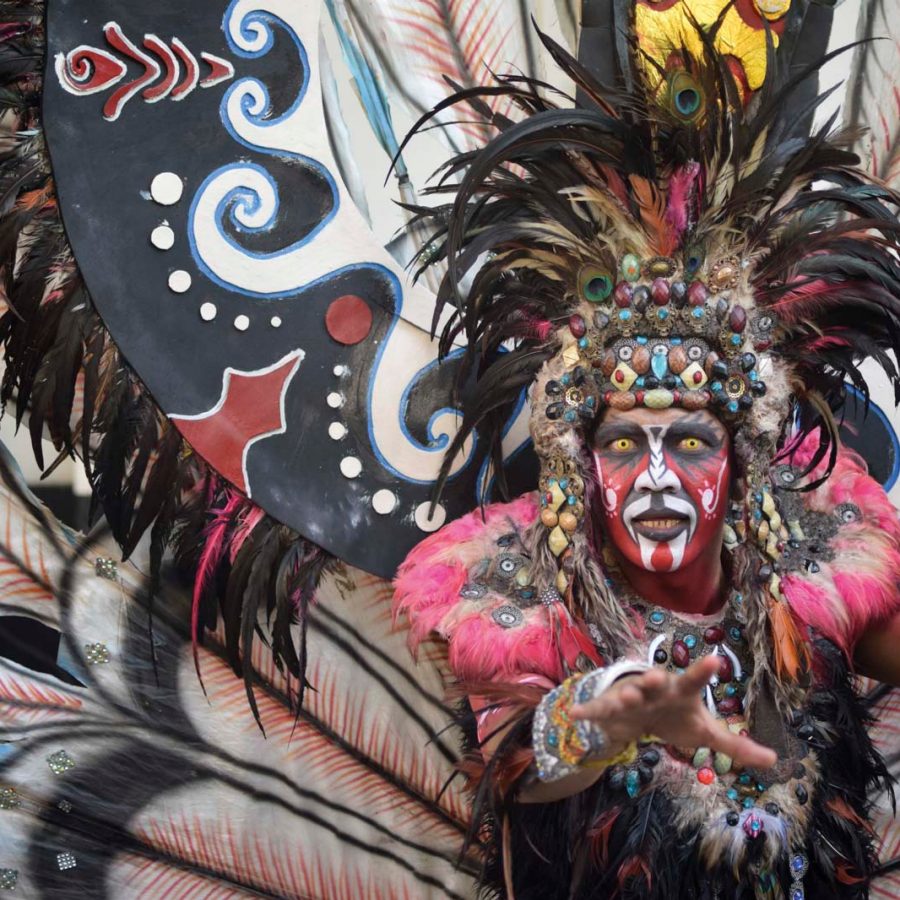
Credit: Christopher Alexander
Waria
A wandering band of cross-dressing singers carrying portable karaoke sets, the waria have a mystic heritage and a proud history of blessing weddings and special occasions with their presence

Credit:
Rickshaws and Ferraris
Jakarta’s world famous traffic is also the great leveller – in this bustling herd you will find everything from lowly peddlers to the highest rollers
Raving grandmas
Even Jakarta’s pensioners know how to party. In the early morning, you’ll find motley crews of older citizens dancing Zumba en masse to happy hardcore music in the kampung
Hero image: Christopher Alexander
Jakarta travel information
More inspiration
- China – the Chinese Mainland, Hong Kong SAR, Macao SAR and Taiwan Region
- Hong Kong SAR - English
- Chinese Mainland (China) - English
- Taiwan, China - English
- 香港特別行政區 - 繁體中文
- 中国內地 - 简体中文
- 中國台灣 - 繁體中文
- Africa
- South Africa - English
- Asia
- Bangladesh - English
- Korea - English
- Singapore - English
- Cambodia - English
- 한국 - 한국어
- Sri Lanka - English
- India - English
- Malaysia - English
- Thailand - English
- Indonesia - English
- Maldives - English
- ประเทศไทย - ภาษาไทย
- Indonesia - Bahasa Indonesia
- Myanmar - English
- Vietnam - English
- Japan - English
- Nepal - English
- Việt Nam - tiếng Việt
- 日本 - 日本語
- Philippines - English
- Australasia
- Australia - English
- New Zealand - English